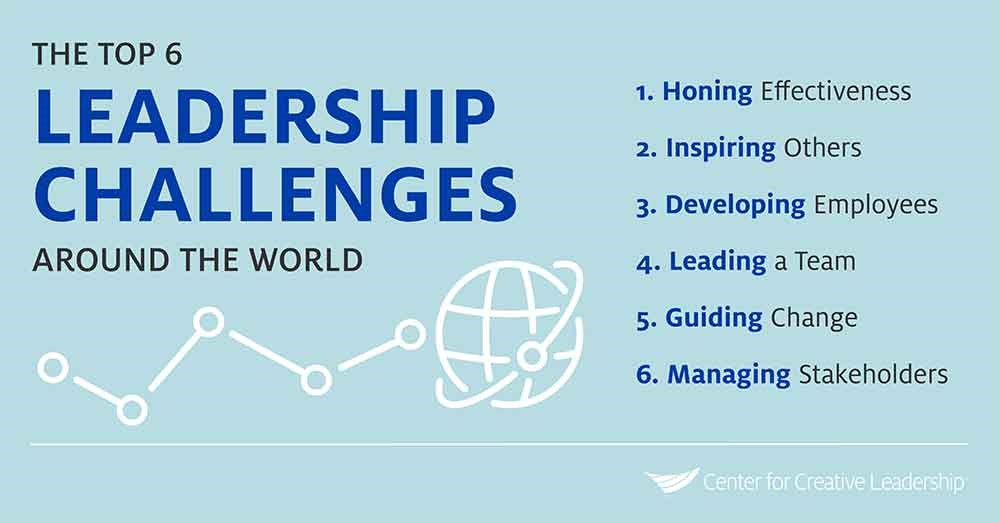Decades from now, when people learn about the early 21st Century, one theme will likely be constant. Change. We live in a time when the technology around us is in a constant state of flux. New technologies emerge, old technologies become obsolete. These days, it is not just the domain of tech corporations. It is something that every organization needs to be able to adapt to change. Changing leadership is an important aspect.
How Technology Has Changed Leadership – 3 Key Areas
One of the main areas that technology is disrupting in the business world is our approach to leadership. Many people in leadership roles are learning the importance of adapting to a changing environment. Organizations now need a different breed of leader altogether. They look for a mix of flexibility, agility, and adaptability.
On top of all that, teams are increasingly becoming cross-functional. Even in my small-sized organization, it is not enough to set up with one or two managers with Spectrum internet only and expect them to deliver. Teams need to coordinate and collaborate more now than ever. This also means that teams need capable leaders now more than ever. Here’s how technology is changing leadership roles in present-day businesses:
- Increased Flexibility
- Remote Leadership
- Less Authority, More Influence
Let’s take a closer look at these three key areas below.
Increased Flexibility
Organizations today put flexibility at the top of their priorities for leadership roles. Leaders are not restricted to just one role anymore. They have to resolve multiple problems, promote innovation, and navigate a changing environment all at the same time. A tech-savvy flexible leader has the three essential capabilities listed below.
Forming Connections
Modern leaders know that they have to form meaningful connections with their teams in order to succeed. This requires them to take the time to understand their team, their goals, and their aspirations. Using this, a leader can drive success and encourage teams to buy into their success.
Adapting to Change
A modern business leader should always be on the lookout for shifts and trends in the industry. At the same time, he or she should have the capability to understand how these changes will impact their organization. This allows them to adapt to changes with innovative solutions well before a crisis situation.
Delivering Results
One of the traits that characterize modern leaders is that they deliver. They have the ability to generate tangible results because they know what accelerates and motivates their team. By clearly identifying the long-term goals of the business, leaders invest in the right technology and cultivate their teams in order to deliver the best possible results.
Remote Leadership
One of the biggest advantages of technology is that it has made the world a much smaller place. This has allowed businesses to reach out to talent on a global scale. Global teams made up of employees working remotely are not only normal but also convenient. However, global teams present their own challenge to a modern leader.
Modern leaders need to be able to lead teams with remote workers without actually meeting most of the people who work under them. While this can be challenging, many leaders manage to make remote teams work exceedingly well. They usually do this by building trust with remote teams to encourage collaboration and cohesion. They also use modern communication technology to streamline the collaborative process and eliminate redundancies. Finally, they empower team members to work independently, while still using collaborative tools to monitor their progress.
Less Authority, More Influence
Cross-functional teams lead to better productivity and efficiency. However, they also mean that certain team members belong to other departments. This may place many team members outside the direct authority of the leader, presenting a challenge to make teams work cohesively.
Good leaders tackle this problem by trying to find common ground between the various members in their team and building trust among team members. At the same time, it is important to establish credibility with members from different departments, to make sure they acknowledge you as a leader. Again, communication is key, which is why modern business leaders value good communication software so much.
There is a delicate balance that leaders have to maintain. They have to appear as authority figures, but still, make their influence subtle. I resolved internet bandwidth-hogging in my small business by encouraging my employees to ration their Spectrum TV packages usage. At the same time, I lead by example and rationed by own usage first. A modern leader has to take a lot of things into account, which may not have been present in leadership roles even a decade ago.
